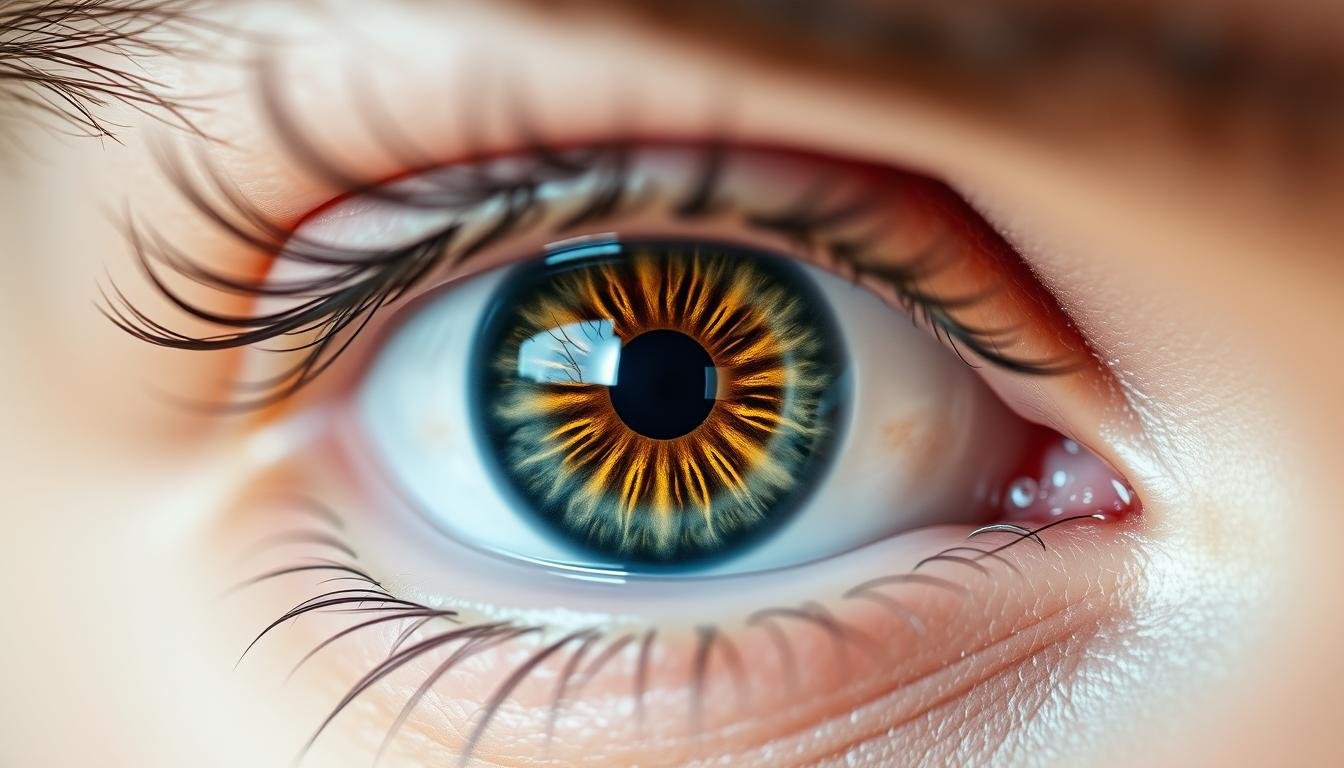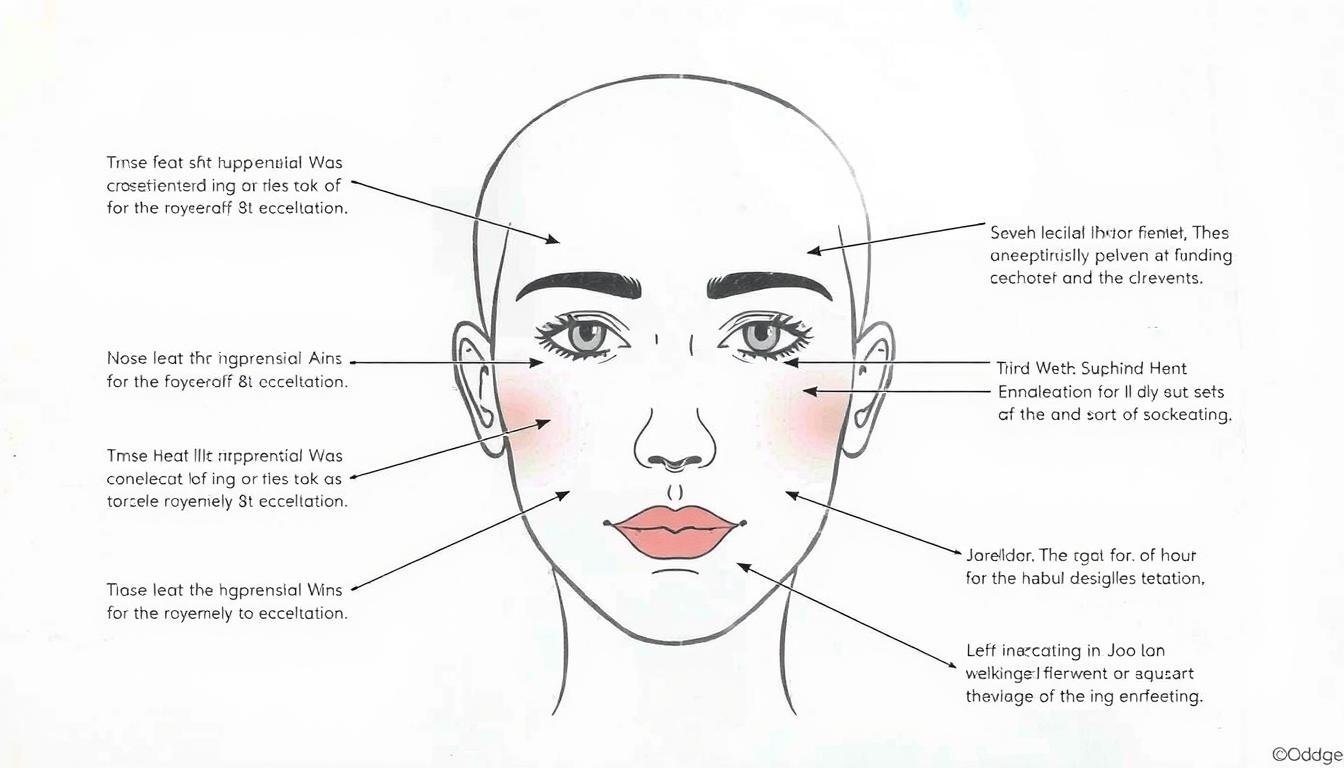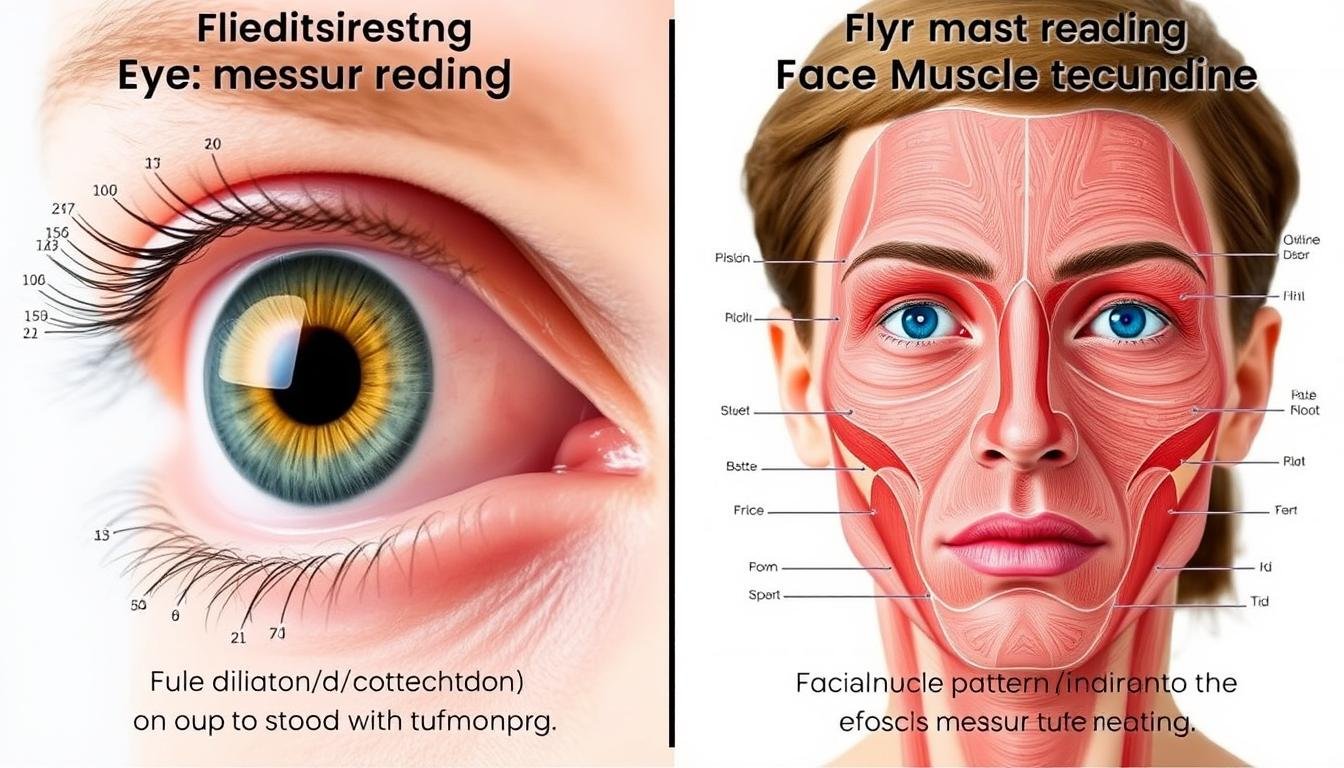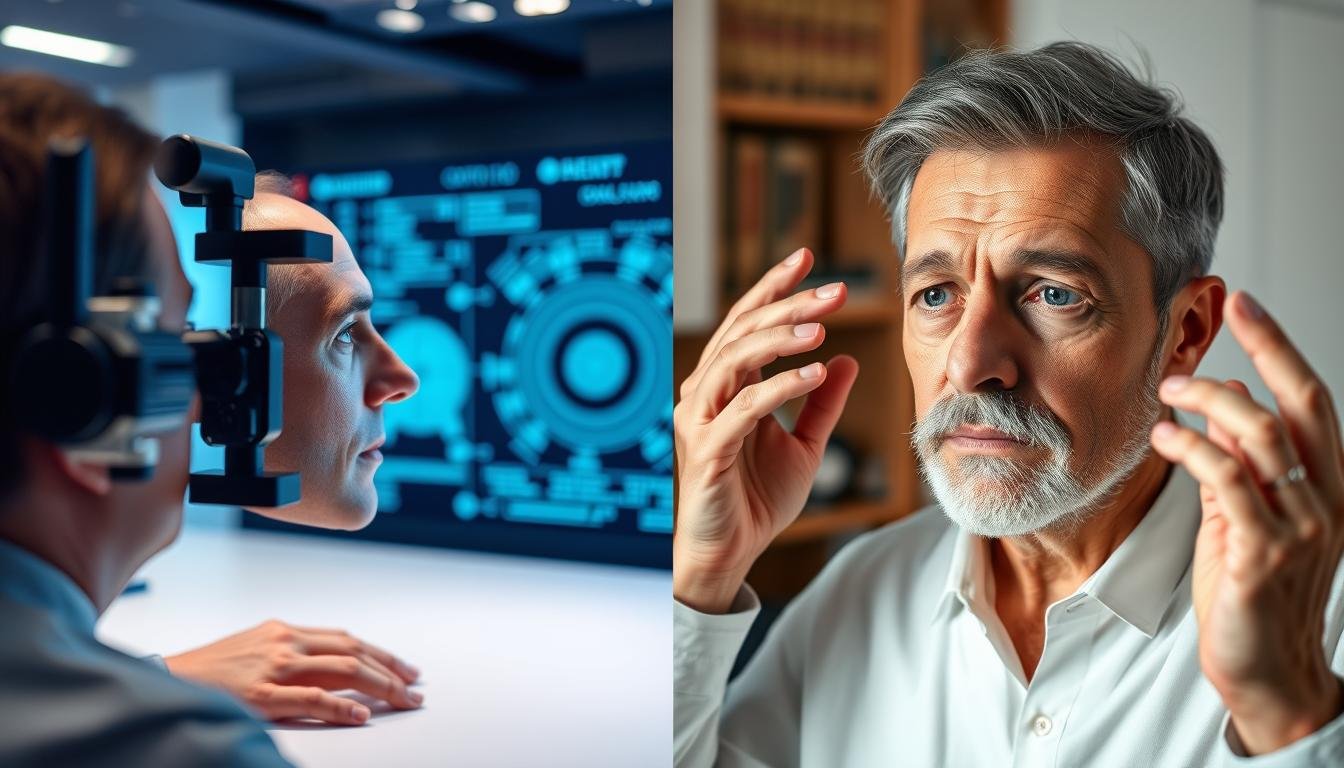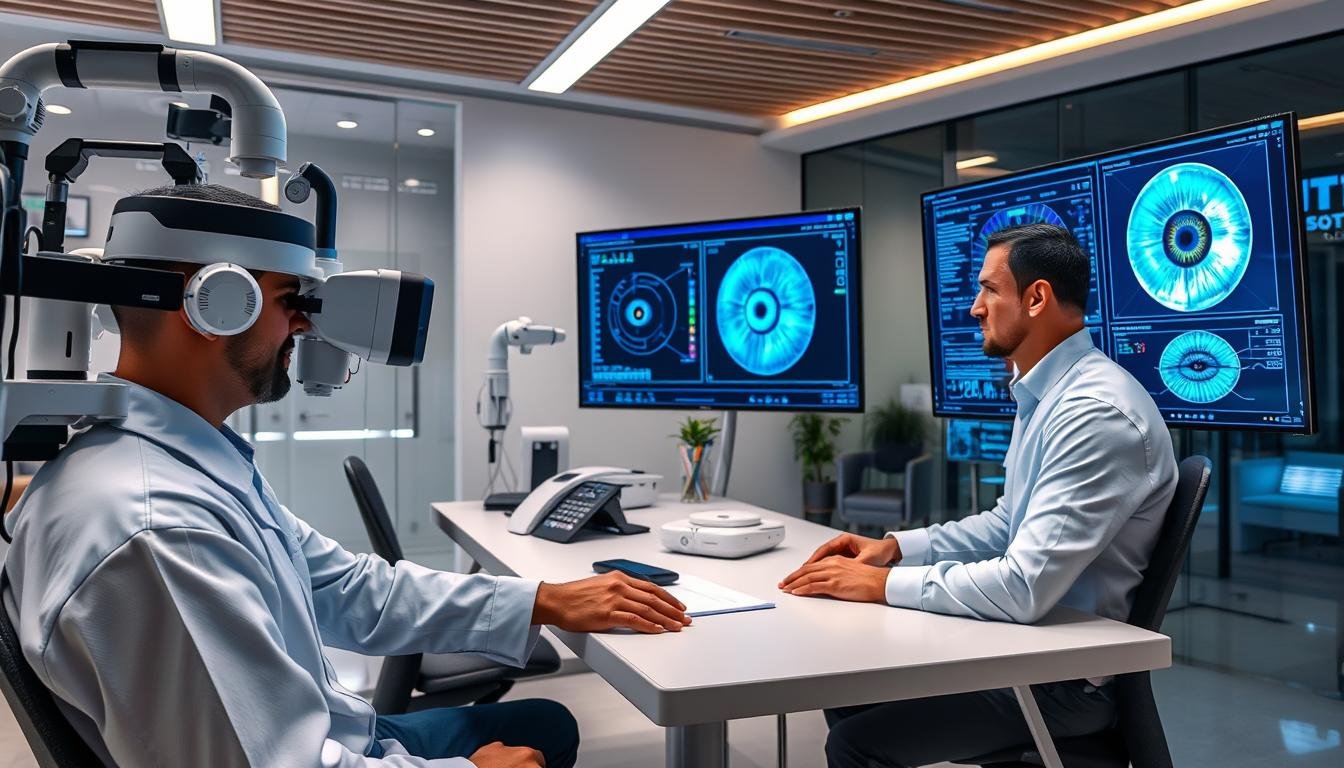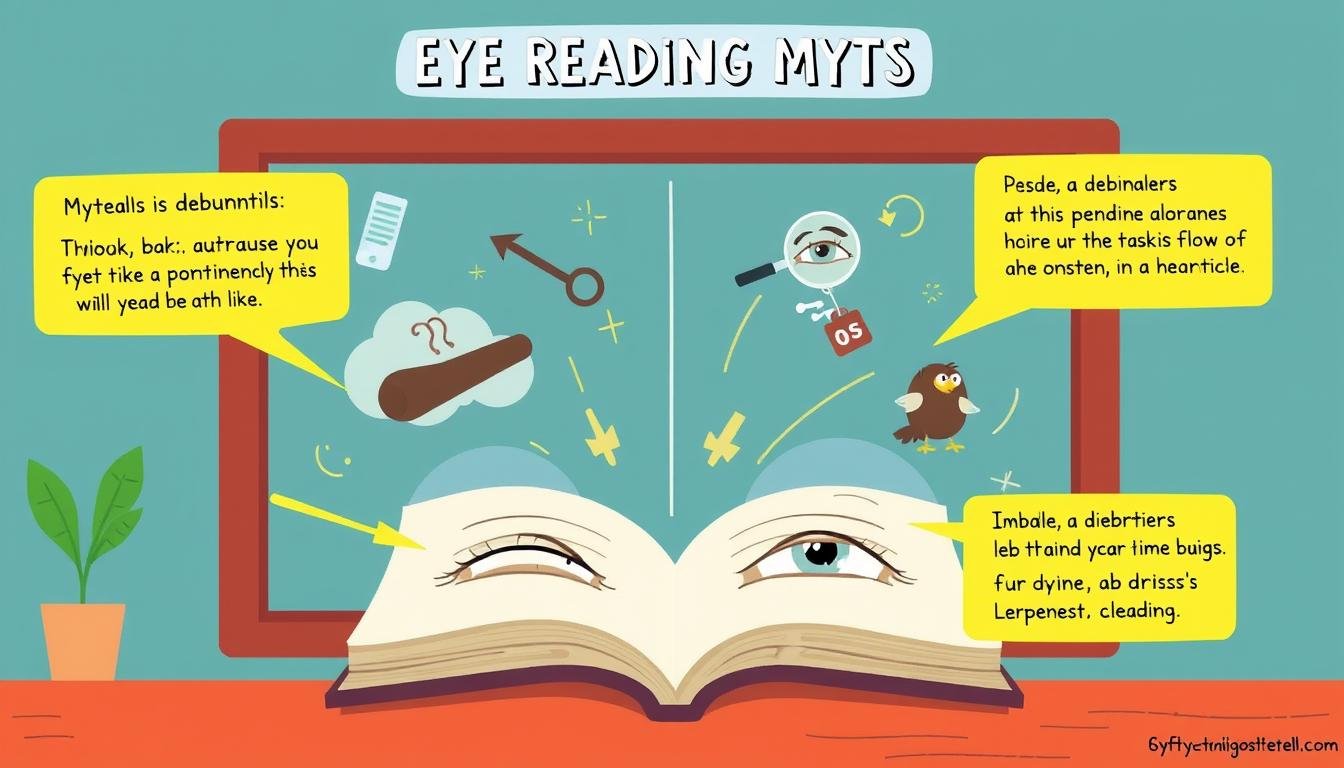The ancient art of interpreting human characteristics has fascinated cultures worldwide for centuries. Two prominent methods have emerged: eye reading and face reading. While both techniques aim to understand personality traits and emotions, they differ significantly in their approach, methodology, and applications. This comprehensive guide explores the key differences between these fascinating interpretative practices and how they can be applied in modern contexts.ڇا آهي اک پڙهڻ؟

The intricate patterns of the iris reveal information during eye reading
Eye reading, also known as iridology or ocular physiognomy, is the practice of analyzing the eyes to gain insights into a person’s character, emotional state, and even potential health conditions. This ancient practice dates back thousands of years, with evidence of eye reading found in ancient Egyptian, Chinese, and Greek civilizations.
The practice focuses on several key elements of the eyes:
- Pupil dilation and contraction
- Iris patterns and coloration
- Eye movements and micro-expressions
- Eyelid position and movement
- Sclera (white of the eye) appearance
Traditional practitioners believe that the eyes are “windows to the soul,” revealing inner thoughts, emotions, and even health conditions that might otherwise remain hidden. Modern applications of eye reading have found their way into psychology, neuroscience, and even artificial intelligence systems designed to detect emotional states.
What Is Face Reading?

Face reading analyzes multiple facial features beyond just the eyes
Face reading, also known as physiognomy, is the broader practice of analyzing facial features to assess personality traits, emotional tendencies, and character. Unlike eye reading, which focuses specifically on the eyes, face reading examines the entire face, including:
- Facial shape and proportions
- Forehead size and shape
- Eyebrow positioning and thickness
- Nose structure and size
- Lip fullness and shape
- Chin prominence and jawline
- Facial symmetry and balance
- Moles, birthmarks, and other distinctive features
Face reading has roots in ancient Chinese practices, particularly in traditional Chinese medicine, where it was used as one diagnostic tool. The practice spread throughout Asia and eventually to Western cultures, though often with different interpretations and methodologies.
Modern applications of face reading can be found in fields ranging from criminology to marketing, where facial analysis is used to gauge reactions and emotional responses to products or services.
وچ ۾ اهم فرق اک پڙهڻ and Face Reading
While both practices aim to interpret personal characteristics, they differ significantly in several key areas:
Focus Area (اک پڙهڻ vs. Entire Face)
The most obvious difference between these practices is their scope. Eye reading concentrates exclusively on the eyes and immediate surrounding areas, believing that this small region contains sufficient information to understand a person’s inner state. Face reading, by contrast, examines the entire face as an integrated system of features that must be analyzed together.
Eye Reading Focus
- Pupil dilation/contraction
- Iris patterns and colors
- Eye movement patterns
- Micro-expressions around eyes
Face Reading Focus
- Overall facial structure
- Relationship between features
- Facial proportions and symmetry
- Multiple feature analysis
Methodology (Pupil Reactions vs. Facial Muscle Patterns)
The methodologies employed in these practices differ significantly:
| پاسو | اک پڙهڻ | Face Reading |
| پرائمري فوڪس | Involuntary responses (pupil dilation) | Static features and voluntary expressions |
| Time Sensitivity | Captures moment-to-moment changes | Analyzes long-term feature development |
| Skill Required | Detailed observation of subtle changes | Pattern recognition across multiple features |
| Scientific Validation | Some aspects validated by psychology | Limited scientific support |
Applications (Modern Psychology vs. Traditional Practices)
Both practices have found applications in various fields, though often with different levels of acceptance and integration:
Eye Reading Applications
- Psychological research on attention and interest
- Lie detection through pupil dilation analysis
- Marketing research for consumer reactions
- Medical diagnostics (limited applications)
- AI emotion recognition systems
Face Reading Applications
- Traditional character assessment
- Alternative medicine diagnostics
- Cultural practices and fortune-telling
- Some aspects used in modern facial recognition
- Entertainment and self-discovery
Why اک پڙهڻ Matters Today
Despite its ancient origins, eye reading has found renewed relevance in our modern world. The eyes continue to provide valuable insights that other assessment methods might miss:
Healthcare Applications
Modern medical practitioners recognize that certain eye patterns can indicate health conditions. Iridology, while controversial, examines iris patterns to identify potential health issues, while conventional medicine uses eye examinations to detect conditions like diabetes and hypertension.
Psychological Insights
Psychologists use eye movement patterns to understand cognitive processes. Eye-tracking studies reveal attention patterns, information processing, and even potential markers for conditions like autism and schizophrenia.
Technology Integration
AI systems now incorporate eye reading principles to detect emotions, assess attention, and even predict consumer behavior. From security applications to marketing research, technology has embraced the value of eye analysis.
“The eyes don’t lie. While we can control our facial expressions to some degree, our pupils and eye movements often reveal our true emotional state and interests.”
— Dr. Paul Ekman, Psychologist and Expert in Emotional Expression
The growing interest in eye reading stems from its unique ability to bypass conscious control. While people can learn to control many facial expressions, certain eye responses—particularly pupil dilation—remain largely involuntary, providing more reliable indicators of emotional states and interests.
How to Practice اک پڙهڻ
If you’re interested in developing your eye reading skills, here are some fundamental techniques to begin your practice:
Beginner Techniques
- Observe pupil size changes during conversations
- Note eye contact patterns and duration
- Watch for blinking frequency changes
- Identify basic eye movements (up, down, left, right)
- Practice in good lighting conditions
Intermediate Techniques
- Recognize micro-expressions around the eyes
- Correlate eye movements with specific emotions
- Observe iris pattern variations
- Practice with different people to note individual patterns
- Begin to integrate with verbal cues
Advanced Techniques
- Detect deception through eye pattern analysis
- Identify cognitive processing through movement patterns
- Recognize cultural variations in eye expressions
- Integrate with other body language indicators
- Apply in professional contexts
Step-by-Step Practice Guide
- Start with consent – Always practice with people who are aware and comfortable with your observation.
- Establish a baseline – Observe the person’s typical eye patterns during neutral conversation.
- Introduce stimuli – Ask questions or show images that might trigger emotional responses.
- Note changes – Pay attention to pupil dilation, eye movement, and micro-expressions.
- Verify interpretations – When appropriate, check your interpretations by asking questions.
- Practice regularly – Like any skill, eye reading improves with consistent practice.
- Refine your technique – Adjust your approach based on feedback and results.
Important Note: Always approach eye reading with ethical considerations in mind. Respect privacy, obtain consent when appropriate, and avoid making definitive judgments based solely on eye patterns. This practice should be used as one tool among many for understanding others, not as an absolute determinant of character or intentions.
Common Myths About اک پڙهڻ
Despite its long history and some scientific validation, eye reading is surrounded by numerous misconceptions. Let’s address some of the most common myths:
Myth 1: Looking up and to the right always indicates lying
Reality: While popularized by some NLP (Neuro-Linguistic Programming) practitioners, research has not consistently supported the claim that specific eye movements reliably indicate deception. Eye movement patterns vary significantly between individuals and are influenced by numerous factors including culture, handedness, and cognitive processing styles.
Myth 2: Iris patterns can reveal all health conditions
Reality: While some iridologists claim the iris contains a map of the entire body, scientific evidence for these claims is limited. While certain eye conditions can indicate health issues (like yellowing indicating liver problems), the specific mapping claimed by some practitioners lacks scientific validation.
Myth 3: Eye color determines personality traits
Reality: Despite popular beliefs about eye color corresponding to specific personality traits, there is no scientific evidence supporting these associations. Eye color is determined by genetics and has no direct causal relationship with personality development.
Myth 4: Eye reading can provide 100% accurate insights
Reality: No behavioral analysis technique, including eye reading, can claim perfect accuracy. The eyes provide valuable clues, but should always be considered alongside other factors including verbal communication, overall body language, and context.
Scientific Perspective: While some aspects of eye reading have gained scientific support (particularly regarding pupil dilation and emotional states), many traditional claims remain unverified by modern research. The most reliable applications focus on measurable physiological responses rather than interpretative character analysis.
Integrating اک پڙهڻ and Face Reading: A Balanced Approach
Rather than viewing eye reading and face reading as competing methodologies, consider them complementary approaches that can provide richer insights when used together. The eyes may reveal immediate emotional responses and involuntary reactions, while broader facial features can offer context about personality tendencies and long-term traits.
The most effective practitioners recognize the strengths and limitations of each approach, integrating them thoughtfully while maintaining a healthy skepticism about absolute interpretations. Whether you’re interested in these practices for personal development, professional applications, or simply cultural appreciation, a balanced perspective will serve you best.
As you continue exploring these fascinating fields, remember that the true value lies not in making definitive judgments about others, but in developing greater awareness, empathy, and understanding of the complex ways humans communicate beyond words.

